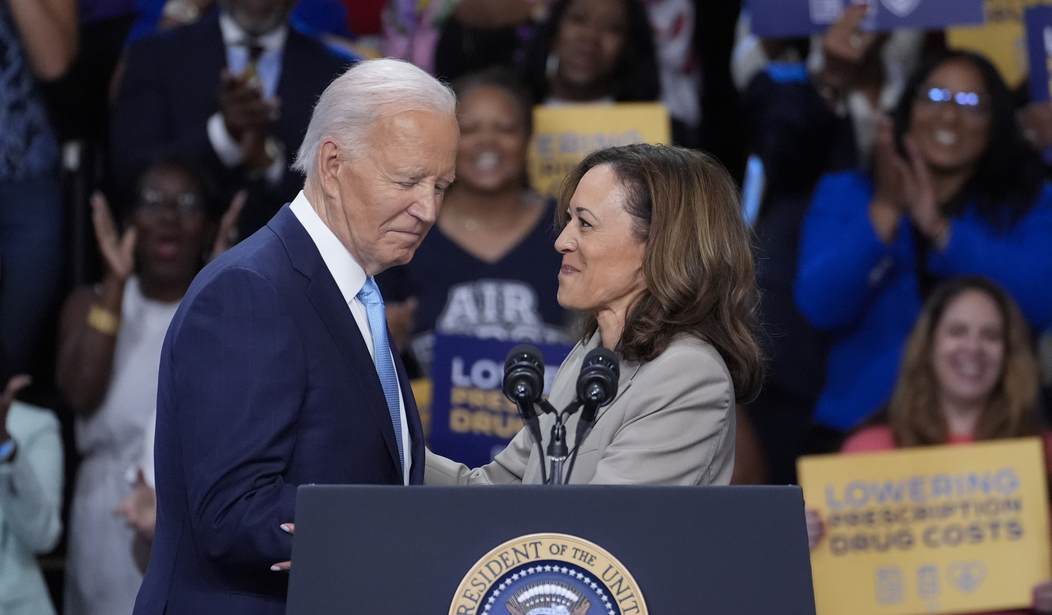On the cusp of the Inflation Reduction Act’s (IRA) two-year anniversary, the Biden-Harris administration held a press conference to celebrate the final step in its drug price control scheme. Serving as more of a campaign speech centerpiece than anything, the IRA has actually reversed the decades of bipartisan progress we were making toward improving the health of patients everywhere. An honest assessment of the IRA guarantees that we won’t see the medical treatment patients need to save their lives. Instead, it’s cost staggering, not only in the medicine that will never be developed but in billions of taxpayer dollars before one penny is ever saved.
This scheme promises to save the government money, not patients. Money that’s already being spent on EV tax credits before the program even begins. Sadly, government policy that knowingly hurts innovation and the patients dependent on it to save Washington money—money that is spent elsewhere and is already costing taxpayers billions—can only be given one grade: an F.
Breakthrough treatments and cures are vital for patients like me who suffer from rare, chronic, or life-threatening illnesses and are only possible with robust research, risk-taking, and advanced scientific application. This very delicate ecosystem produces a pipeline of treatments for people fighting illness. People like me.
I have slowed the progression of my disease using four separate, newly discovered medications over 30 years. They allowed me the blessings of family and the ability to contribute to their support. Two of my sons are serving in the US military, and they wouldn’t be here had the innovative treatments for my Multiple Sclerosis (MS) not been discovered.
Price control policies disrupt how people like my family ever benefit from medical innovation. Basic economics tells us that when the incentives for developing a product are removed, the market will respond, and innovators will focus their efforts elsewhere.
Recommended
Just look at other price control efforts. New York imposed price controls on rent, resulting in shortages of available apartments. The United States imposed price controls on gasoline in the 1970s, resulting in massively long lines at gas stations as people tried to get to work. Price controls in the IRA haven’t even begun, yet the inevitable harm is already here. Within months of its passage, several developers began to cut research programs on everything from rare eye diseases to cancer treatment as the negotiation program impacted their decision-making.
Those early cancellations were just a precursor of what was to come. A live tracker estimates that as of August 2024, 36 research programs and 21 drugs have been abandoned due to the law. This includes six cancer drugs and two rare disease medications. For these patients praying for new treatments, the impact on their lives is devastating.
Furthermore, a key member of the life science supply chain recently warned that research is decreasing as innovators are forced to reduce costs, lay off scientists, and cut R&D programs.
The cost of the IRA is real, being paid for in lost hope, increased suffering, and lost lives. It also has meant higher prices for seniors.
Despite its name, the IRA has not reduced inflation and has failed to deliver lower costs. A recent poll shows that in the IRA's second anniversary year, seniors have seen a nearly 50 percent increase in their premiums while seeing essentially no benefit from reduced drug costs. These premium increases will only compound as insurers shift costs to seniors through higher premiums after having to foot the IRA’s enormous bill.
The administration is attempting to market these price controls as a “fix” and relief for Americans. In reality, the law’s pricing provisions will saddle patients with a longer-term and much more deadly cost: the loss of future cures. Any policymaker who thinks that drug costs are the greatest point of concern for critically ill patients has never seen a loved one struggling for their lives or has never been sick themselves. For patients like me, it’s almost unimaginable that in modern America, the cures for your disease are abandoned. The reality is public policy now means Americans will have less access to breakthrough treatments.
Patients shouldn’t be fooled by the Medicare drug price announcement. Among all the political rhetoric and empty rhetoric promises regarding changes to healthcare, it is critical that we remember those who will pay the price for the IRA—patients most in need.
John Czwartacki is a 30-year Multiple Sclerosis (MS) survivor. Following the passage of the IRA, he founded Survivors for Solutions, a nonpartisan, nonprofit patient advocacy organization that seeks to preserve and protect the medical innovations that give patients hope.

























Join the conversation as a VIP Member